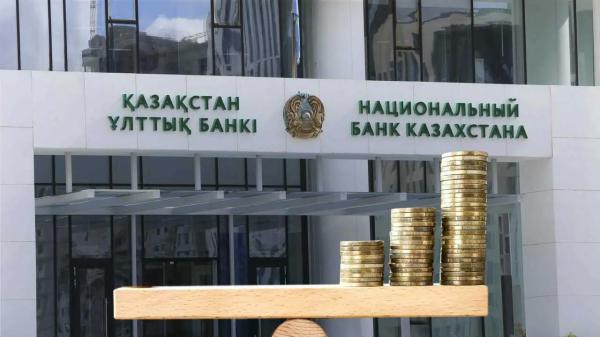The Monetary Policy Committee of the National Bank of Kazakhstan (NBK) decided to maintain the base rate at 14.25% on August 29, with a fluctuation range of +/- 1 percentage point. This decision reflects the central bank’s strategy to manage inflationary pressures and ensure economic stability.

Kazakhstan’s annual inflation rate reached 8.6% in July, in line with the NBK’s forecast. The inflationary increase is primarily due to a rise in the cost of market services, higher prices in the manufacturing sector, and the depreciation of the national currency. Additionally, the rate of decline in agricultural product prices has slowed, contributing to the overall inflationary trend.
On a global scale, inflation has continued to decline, with cereal prices falling in July. This decrease is attributed to seasonal supply increases in the Northern Hemisphere and better-than-expected harvest conditions. The trend of declining cereal prices is expected to continue.
Domestically, the NBK has maintained its inflation forecast for 2024-2025 at 7.5-9.5% and 5.5-7.5%, respectively. The bank anticipates inflation to stabilize between 5-7% by 2026. A moderately tight monetary policy is expected to help bring core inflation down to 5% by that year.
The NBK’s economic growth forecast for Kazakhstan remains steady, with GDP growth expected to be 3.5-4.5% in 2024 and 4.9-5.9% in 2026. The growth forecast for 2025 has been slightly adjusted to 5-6%. The central bank projects that Kazakhstan’s economic growth in 2024-2026 will be driven largely by domestic demand, supported by increased fiscal measures. Additionally, the oil sector is expected to bolster economic growth in 2025 and 2026, as production levels increase.




